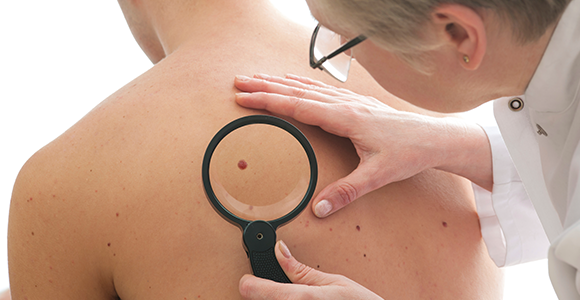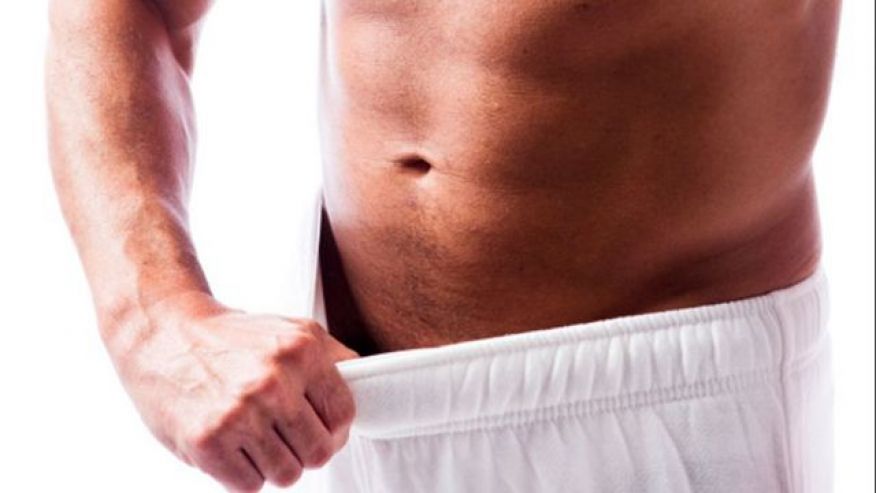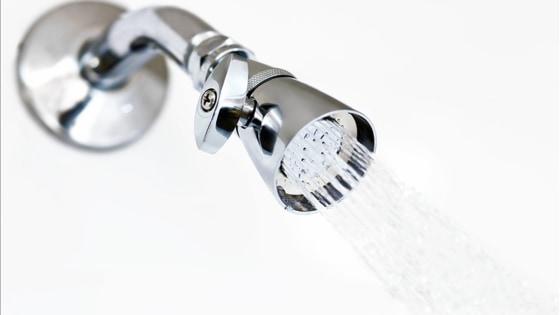8 Healthy food facts-Pistachios
This nut is a veritable source of health. Although 100 grams pistachio has even 540 calories they are a great choice for a healthy and a good line and for much more than that.
Meet the eight super powerful properties of this green fruit that is always half hidden in shell!
1.For a healthy heart.
It has been proven that pistachios lowers bad cholesterol and increases the good one, all that in a short period of moderate consumption.
It is full of antioxidants, such as vitamins A and E, which fight inflammation, protect blood vessels and reduce the risk of heart disease.
With their consumption levels of lutein increases, which is a powerful antioxidant, who protects against bad cholesterol and also protects the health of the most important organ in the body – the heart!
2.Regulates blood sugar.
Pistachios reduce the chances of occurrence of type 2 diabetes. in 1 cup of pistachios is even 60% recommended daily doses of phosphorus.
Besides that this mineral breaks proteins into amino acids, phosphorus improves glucose tolerance.
3.Healthy blood.
They are an excellent source of vitamin B. This vitamin is essential for the production of hemoglobin, a protein that is responsible for the transfer of oxygen through the bloodstream to cells.
4.Good for the nervous system.
Vitamin B6 found in these nuts have a positive effect on our nervous system.
Vitamin B6 allows the creation of several neurotransmitters that transmit messages in the nervous system. It is also required for the adoption of vitamin B12 and the creation of red blood cells.
5.For healthy eyes.
Pistachios contains two carotenoids that are hard to find in other nuts. Zeaxanthin and lutein are antioxidants that protect the eyes and reducing the risk of degeneration of the eye and prevent the development of cataracts.
6.Healthy immune system.
A healthy immune system requires adequate intake of vitamin B6. Vitamin B6 (pyridoxine) is one of the eight B vitamins that help the body to convert food into energy.
Deficiency of vitamin B6 is rare and manifests as muscle weakness, nervousness, depression, poor concentration and short-term memory loss.
Pistachios are also an excellent source of fiber and in 100 grams is 10.3 grams of dietary fiber, which are crucial for accelerating the metabolism and which prevents bowel cancer.
7.For healthy skin.
Pistachios are a good source of vitamin E, a powerful antioxidant that protects the skin from harmful UV rays, essential for the health of cell membranes and are often recommended for healthy and beautiful skin.
Pistachios holds the record among nuts because they contain large amounts of antioxidants that are key for the recovery of body cells and are therefore called natural Botox. Five to ten pistachios a day is recommended for the fight against wrinkles.
8.Protects against cancer.
Vitamin E protects against certain types of cancer, and pistachios contains allot of gamma – tocopherol (vitamin E type) which may reduce the risk of developing lung cancer as much as 30%. 68 grams of pistachios a day is an excellent prevention of malignant diseases.
And considering that it is an excellent source of fiber, are crucial in accelerating metabolism and also reduce the chances of colon cancer.
Source: secretly healthy

















